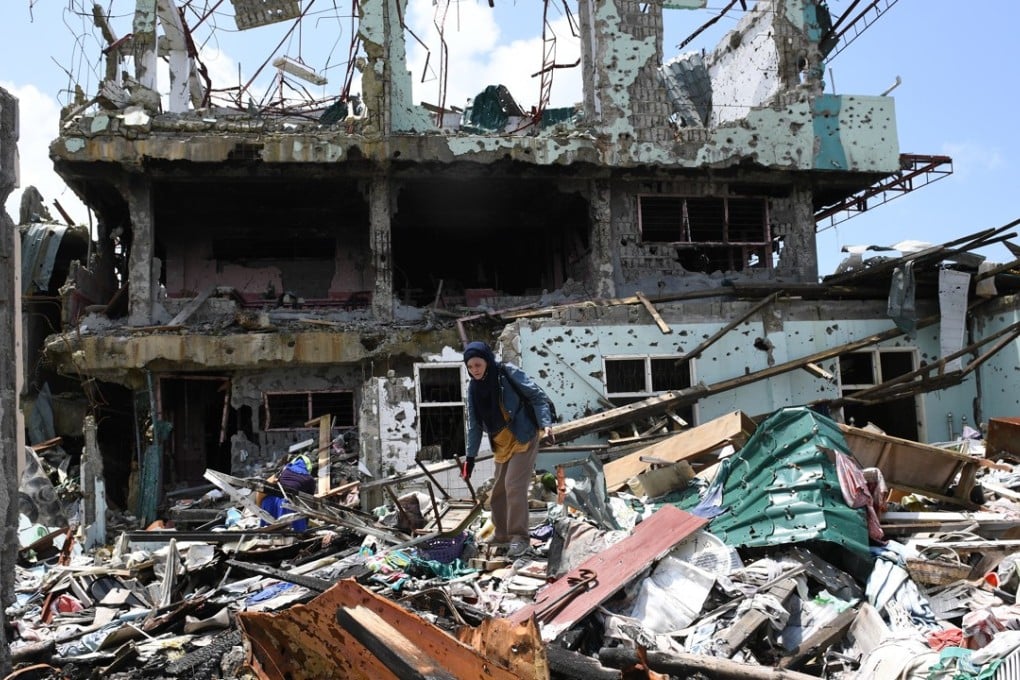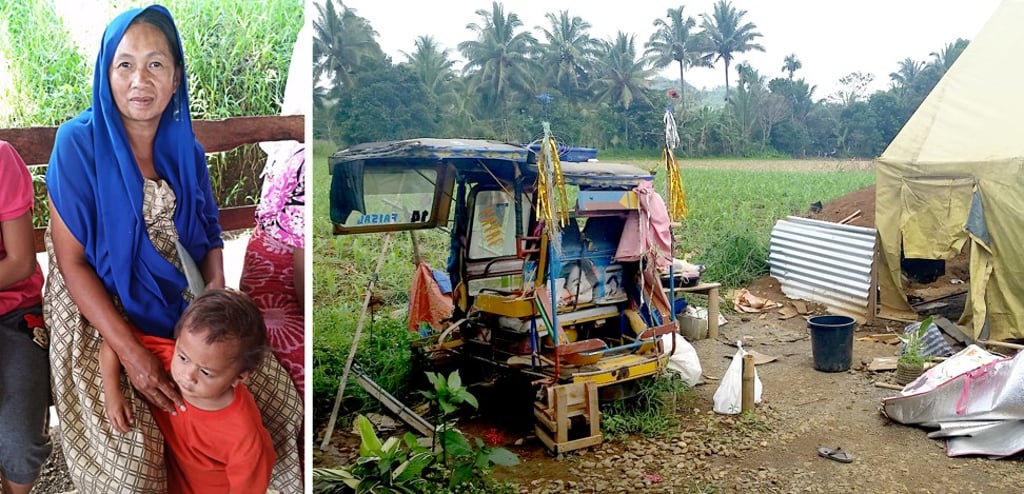Chinese cash, American muscle, and Marawi’s discontents
Outsiders jostle for space in war-ravaged Philippine city while its own languish on the margins waiting for the government to rebuild it anew


But that means little to the Usmans, trapped in an evacuation camp with little prospect of making it back to their home as they knew it, in a city laid to waste. A year after the conflict erupted, the family is among the 237,000 people – or 67 per cent of the city’s population of 353,000 – who remain displaced. Those who managed to salvage sufficient resources before fleeing found places to rent elsewhere. Others moved in with relatives or friends in nearby towns and villages. But for the likes of Usman, a tricycle driver with neither the resources nor resourceful acquaintances, a yellow tarpaulin tent it is, with no electricity and limited water, on the outskirts of the nearby city of Iligan.
I don’t get to meet Usman the couple of times I visit the encampment, one of the many scattered around Marawi. “He’s working as a carpenter, trying to save up and fix the tricycle. It’s all we have left,” says his wife Faida Mamayandig at the camp’s community area, which is slowly coming to life in what would otherwise be a dull afternoon. The inhabitants are gathering around as the military is about to start a “psychosocial intervention” session to help ease their trauma.
It’s a unique project, with seven female soldiers in hijab armed with two stereo speakers engaging with the camp’s children in an hour-long song and dance session. They perform musical renditions of Islamic prayers, children’s poems and even YouTube star Sophia Grace’s Girl in the mirror, with periodic exhortations of “sempre peace!”
“We are trying to show them that we are one of them, not enemies, as they have been taught by IS. They used to live in an environment of violence, fear and hatred. Now they want to draw, study and go to college. They now trust the military,” says Second Lieutenant Angel Manglapus, leader of this most extraordinary girl band.
